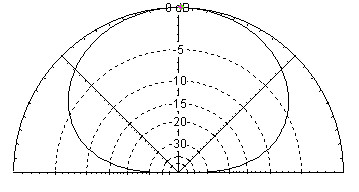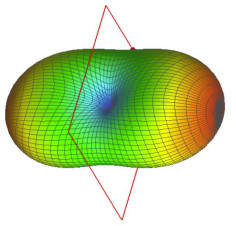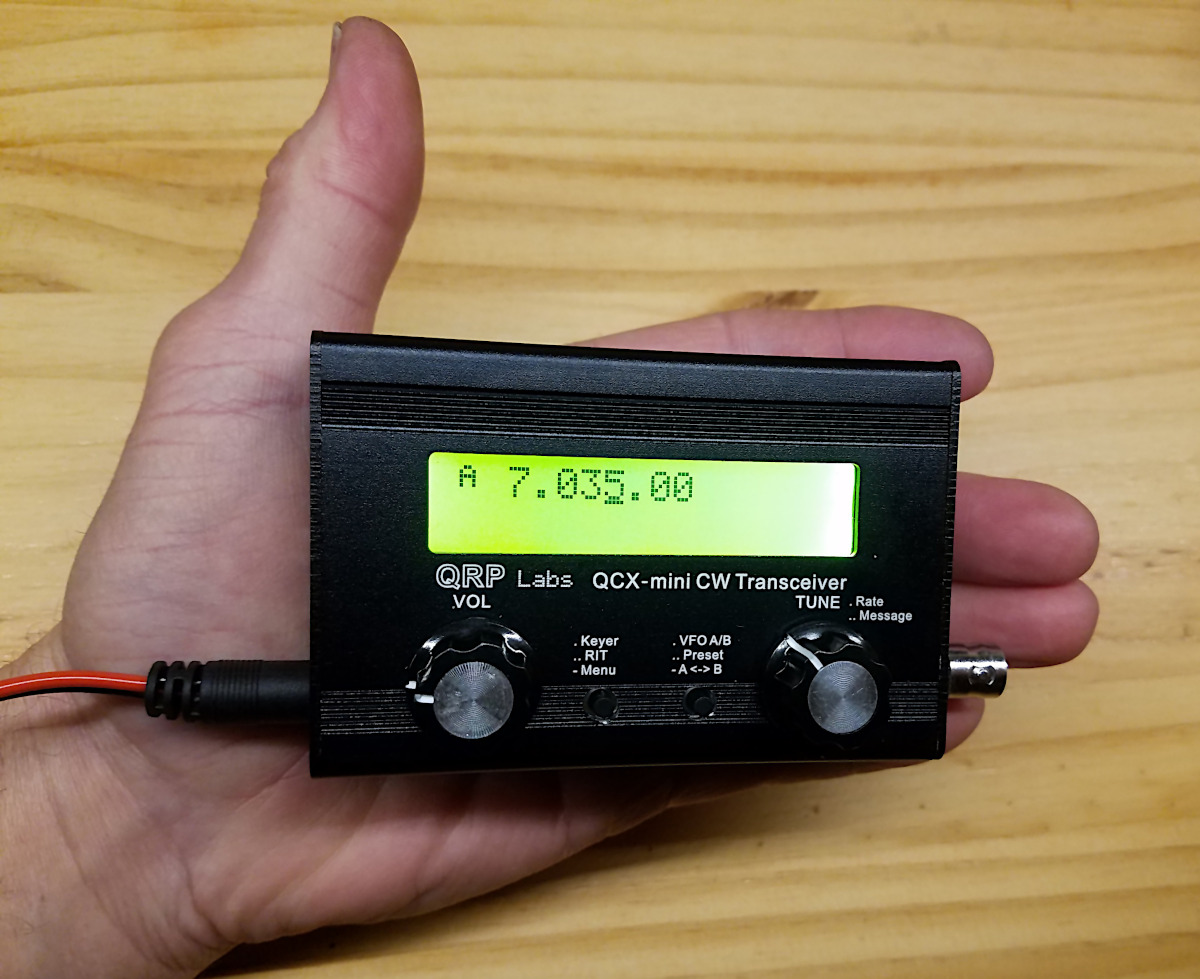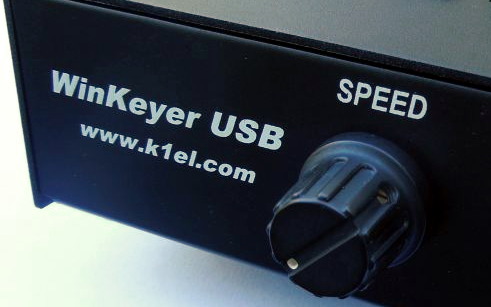 Part of being a ham radio operator is to provide communications in times of emergencies. With the upcoming Ohio NVIS Antenna Day, I decided to look into NVIS antennas. NVIS antennas, also known as Near Incident Vertical Skywave antennas have a high angle of radiation. Something on the order of 60 degrees, to straight up to 90 degrees. Unlike UHF and VHF signals, which typically have a 50 mile range with a yagi antenna up high, a NVIS antenna is designed for communication in the 75 – 500 mile range. Sometimes an NVIS antenna is referred to as a “cloud burner” since is directs most of its radiation more upward than a typical antenna.
Part of being a ham radio operator is to provide communications in times of emergencies. With the upcoming Ohio NVIS Antenna Day, I decided to look into NVIS antennas. NVIS antennas, also known as Near Incident Vertical Skywave antennas have a high angle of radiation. Something on the order of 60 degrees, to straight up to 90 degrees. Unlike UHF and VHF signals, which typically have a 50 mile range with a yagi antenna up high, a NVIS antenna is designed for communication in the 75 – 500 mile range. Sometimes an NVIS antenna is referred to as a “cloud burner” since is directs most of its radiation more upward than a typical antenna.
The idea with a NVIS antenna is to radiate as much power as possible at a high angle and have it be reflected off the ionosphere. From a practical standpoint, NVIS communications occurs at 10 mHz and below. Another part of the NVIS antenna is the fact that it is quite low to the ground. This helps radiate the signal at a high angle, as well as make it easy to deploy. There ar many opinions as to the best height of an NVIS antenna, but everyone seems to agree on aprox. 1/8 wavelength above ground and sometimes less.
I wanted a NVIS antenna that was portable, easy to set up, and cheap (of course). As it turns out, I had practically everything on hand. For my NVIS antenna, I started out with my 2 meter mag mount for my car. Then it was just a matter of attaching a quarter wave wire to the mag mount, then just string the wire horizontally from the mag mount to a tree, or a pole of some sort.
 I have been doing POTA activations for a few years now. its great fun and encourages us amateur radio operators to develop off-grid communications systems. If you haven’t heard of POTA, its a somewhat new thing in the world of ham radio. The best thing you can do is go to their website to get the whole scoop. Its
I have been doing POTA activations for a few years now. its great fun and encourages us amateur radio operators to develop off-grid communications systems. If you haven’t heard of POTA, its a somewhat new thing in the world of ham radio. The best thing you can do is go to their website to get the whole scoop. Its 

 Being a Ham Radio operator that likes CW (Morse code) and contesting, it helps to have a programmable keyer that will get text from a computer. In my search, I found the
Being a Ham Radio operator that likes CW (Morse code) and contesting, it helps to have a programmable keyer that will get text from a computer. In my search, I found the